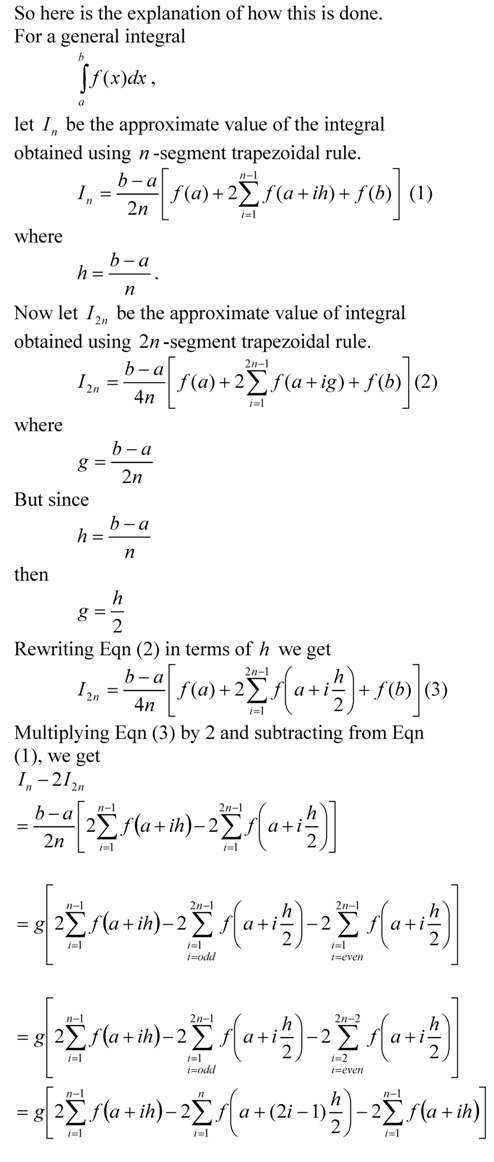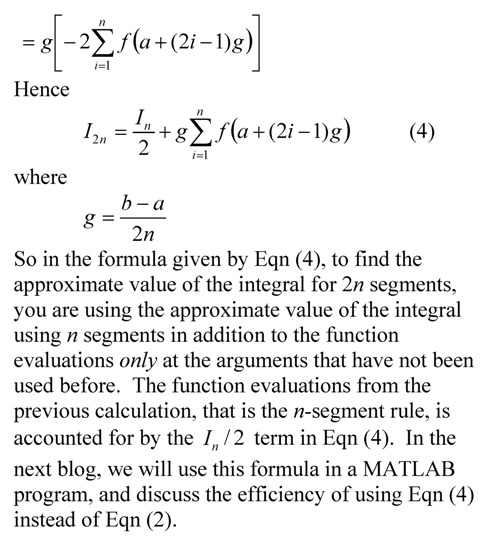Many students ask me how do I do this or that in MATLAB. So I thought why not have a small series of my next few blogs do that. In this blog, I show you how to solve a boundary value ordinary differential equation.
- The MATLAB program link is here.
- The HTML version of the MATLAB program is here.
- DO NOT COPY AND PASTE THE PROGRAM BELOW BECAUSE THE SINGLE QUOTES DO NOT TRANSLATE TO THE CORRECT SINGLE QUOTES IN MATLAB EDITOR. DOWNLOAD THE MATLAB PROGRAM INSTEAD
%% HOW DO I DO THAT IN MATLAB SERIES?
% In this series, I am answering questions that students have asked
% me about MATLAB. Most of the questions relate to a mathematical
% procedure.
%% TOPIC
% How do I solve a boundary value ordinary differential equation?
%% SUMMARY
% Language : Matlab 2008a;
% Authors : Autar Kaw;
% Mfile available at
% http://nm.mathforcollege.com/blog/ode_boundaryvalue.m;
% Last Revised : May 26, 2009;
% Abstract: This program shows you how to solve an
% boundary value ordinary differential equation.
clc
clear all
%% INTRODUCTION
disp(‘ABSTRACT’)
disp(‘ This program shows you how to solve’)
disp(‘ a boundary value ordinary differential equation’)
disp(‘ ‘)
disp(‘AUTHOR’)
disp(‘ Autar K Kaw of http://autarkaw.wordpress.com’)
disp(‘ ‘)
disp(‘MFILE SOURCE’)
disp(‘ http://nm.mathforcollege.com/blog/ode_boundaryvalue.m’)
disp(‘ ‘)
disp(‘LAST REVISED’)
disp(‘ May 26, 2009’)
disp(‘ ‘)
%% INPUTS
% Solve the ordinary differential equation
% y”-0.0000002y=0.000000075*x*(75-x)
% Define x as a symbol
syms x
%The ODE
ode_eqn=’D2y-0.000002*y=0.000000075*x*(75-x)’;
% The initial conditions
iv_1=’y(0)=0′;
iv_2=’y(75)=0′;
% The value at which y is sought at
xval=37.5;
%% DISPLAYING INPUTS
disp(‘INPUTS’)
func=[‘ The ODE to be solved is ‘ ode_eqn];
disp(func)
iv_explain=[‘ The boundary conditions are ‘ iv_1 ‘ ‘ iv_2];
disp(iv_explain)
fprintf(‘ The value of y is sought at x=%g’,xval)
disp(‘ ‘)
%% THE CODE
% Finding the solution of the ordinary differential equation
soln=dsolve(ode_eqn,iv_1,iv_2,’x’);
% vpa below uses variable-precision arithmetic (VPA) to compute each
% element of soln to 5 decimal digits of accuracy
soln=vpa(soln,5);
%% DISPLAYING OUTPUTS
disp(‘ ‘)
disp(‘OUTPUTS’)
output=[‘ The solution to the ODE is ‘ char(soln)];
disp(output)
value=subs(soln,x,xval);
fprintf(‘ The value of y at x=%g is %g’,xval,value)
disp(‘ ‘)
This post is brought to you by Holistic Numerical Methods: Numerical Methods for the STEM undergraduate at http://nm.mathforcollege.com, the textbook on Numerical Methods with Applications available from the lulu storefront, and the YouTube video lectures available at http://nm.mathforcollege.com/videos and http://www.youtube.com/numericalmethodsguy
Subscribe to the blog via a reader or email to stay updated with this blog. Let the information follow you.

